

Many workplace productivity issues linger beneath the surface. They hide out of sight and are easy to ignore until they cause real damage.
That is where the Godzilla Methodology can help prepare organizations for moments of uncertainty and disruption. Inspired by the classic movie monster, this approach is an original way to uncover the hidden flaws in team performance, processes, and workflows.
The Godzilla Methodology uses simulated chaos to reveal productivity gaps instead of causing chaos. Teams using this framework imagine what would happen if everything went wrong all at once. They want to identify the weak points in systems, communication, scheduling, and delegation before a real disaster does it for them.
Let’s understand how this unusual but powerful framework functions and how you can implement it in your team to improve resilience, agility, and performance.
What is the Godzilla Methodology?
The term “Godzilla Methodology” might sound like something from a sci-fi movie, but it’s based on solid strategy. It’s based on military thinking—specifically the “center of gravity” concept. This idea from the National Defense University is the single most critical point in a system that, if disrupted, could cause the entire system to collapse.
That might be a supply line or a key leader in a military setting. It might be a team lead or a piece of scheduling software in the workplace. Symbolically stomping through your processes, Godzilla effectively reveals where you’re most vulnerable.
This method asks this:
What’s your team’s center of gravity? And what happens if it suddenly disappears?
Where Productivity Gaps Hide
Not all productivity gaps are obvious. Some teams are busy without being effective. Others communicate all day but still miss deadlines. And many rely too much on tools or individuals without realizing the risk.
Productivity gaps typically manifest as bottlenecks, missed deadlines, duplicate work, or delayed responses. But these are just symptoms. The real issues are usually hidden: unclear roles, inconsistent scheduling practices, or reliance on a single person to keep things running.
When teams simulate a Godzilla-sized disruption—like losing access to their calendar for a day or having a key player out unexpectedly—they can finally see the weak points they’ve overlooked.
Turning Disaster Into Discovery
The Godzilla Methodology doesn’t wait for disaster to strike. It actively seeks it out on purpose. Think of it as a fire drill. You’re not hoping for a fire but want to be prepared. Teams using this framework walk through worst-case scenarios and ask tough questions. What if two developers quit this week? What if the client moves the deadline up by a month? What if the project lead disappears on vacation, and no one knows what’s next?
These questions highlight operational and structural risks— where communication, delegation, or documentation is missing or weak.
How to Apply the Method in Real Workplaces
Let’s say, for example, that your team has been hitting every deadline, and meetings run smoothly. That’s all well and good until something changes. The project grows in size; a key team member takes leave, or a scheduling tool crashes.
Suddenly, the cracks present themselves. Meetings don’t get rescheduled (or they’re repeatedly pushed off to later dates). Work overlaps. Tasks get missed or forgotten entirely. The illusion of productivity disappears.
The Godzilla Methodology prepares you for this scenario by encouraging teams to proactively stress-test their workflows.
Who’s responsible for task delegation? Is there a backup for your time management system? Are all tasks and projects documented somewhere accessible?
It’s basically a crash test dummy simulation for your whole operation. The intent, of course, is to help you suss out areas of weakness and correct them.
Resilience is the New Productivity
We used to measure productivity in the raw output: tasks completed, hours worked, and deadlines hit. But those numbers don’t tell the full story in today’s fast-paced, high-stakes environment.
Actual productivity now includes resilience. Can your team bounce back after disruption? Can they keep moving if a key element fails?
This shift in thinking reflects the realities of modern work. Schedules change, tools crash and people take unexpected leave. Resilient systems keep functioning while fragile ones break.
The Godzilla Methodology helps teams build strength by identifying where they’re weakest.
Leadership’s Role in Finding the Cracks
Managers play a critical role in making this methodology work. They must create a space where teams feel safe imagining failure without fear of judgment or discrimination.
That means hosting “what-if” sessions where team members can openly discuss what’s not working. It means viewing productivity gaps as opportunities, not failures. It involves encouraging team-wide ownership of workflows instead of letting everything fall to one person.
When leaders do this, the benefits are massive. Communication improves, accountability grows, and teams are far more likely to adapt and thrive under pressure.
Fixing Time Management Flaws
One of the biggest problems the Godzilla Methodology uncovers is time management. Teams that seem productive are stuck in meetings, juggling unclear priorities or reacting to tasks rather than planning for them.
Scheduling tools can help—but only if used well. Many teams use platforms like Google Calendar, Microsoft Calendar, or Calendar. These tools have features for team scheduling and automated reminders. But if there’s no backup plan or consistency in usage, problems will surface quickly.
Better scheduling creates space for actual work, which leads to better outcomes—especially when things get chaotic.
Revealing Role Confusion and Bottlenecks
The Godzilla Methodology doesn’t just examine schedules—it also highlights people issues. Often, teams function around a few high performers who carry too much. Worse, no one really knows who’s in charge of what.
That’s a recipe for disaster when something unexpected hits.
Using this framework helps clarify roles and reduce bottlenecks. It forces teams to cross-train, share documentation, and ensure that knowledge is spread evenly and not hoarded by one person.
It also encourages an equal distribution of responsibility so no one is a single point of failure.
Building a Culture That Thrives Under Pressure
One of the long-term benefits of the Godzilla Methodology is culture change. As teams get more comfortable talking about vulnerabilities, they become more agile, adapt faster, collaborate more, and stop pretending everything is fine when it’s not.
This can also help teams avoid burnout since they will have reliable systems to lean on during turbulent scenarios. Needless to say, this culture of readiness is a competitive advantage. It’s not about being perfect; It’s about being prepared.
Prepare for the Monster. Don’t Just Avoid It.
In real life, “Godzilla” himself may not show up. But deadlines do. So do outages, staffing shortages, and last-minute changes. The teams that handle these best don’t stroll through accidentally. They’ve prepared for it intentionally. That way, when a rainy day hits, they have systems in place to maintain productivity even when they’re down personnel or some unforeseen blocker enters the scene.
The Godzilla Methodology is ultimately about awareness. It helps teams avoid operating on autopilot, forcing them to ask smarter questions and design more resilient systems for trying times.
The result is a workplace that performs well under pressure, not just in perfect conditions. How will you structure your team to function in turmoil or disarray?
Featured Image Credit: Photo by Gerd Altmann; Pexels


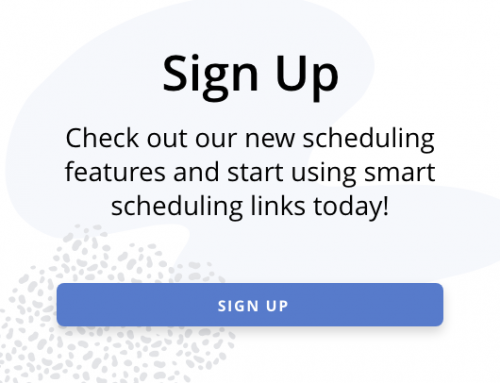


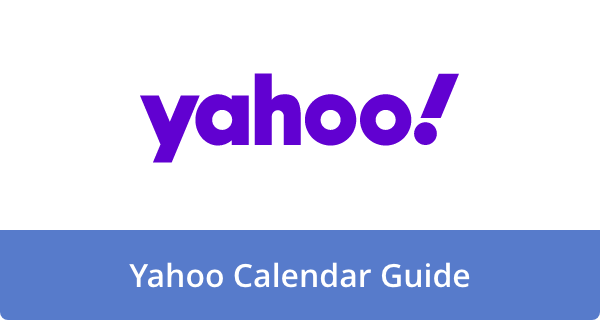
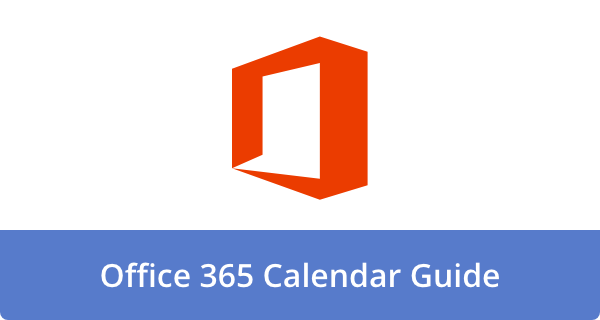
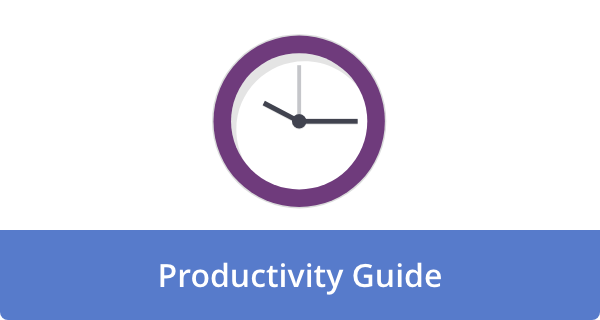

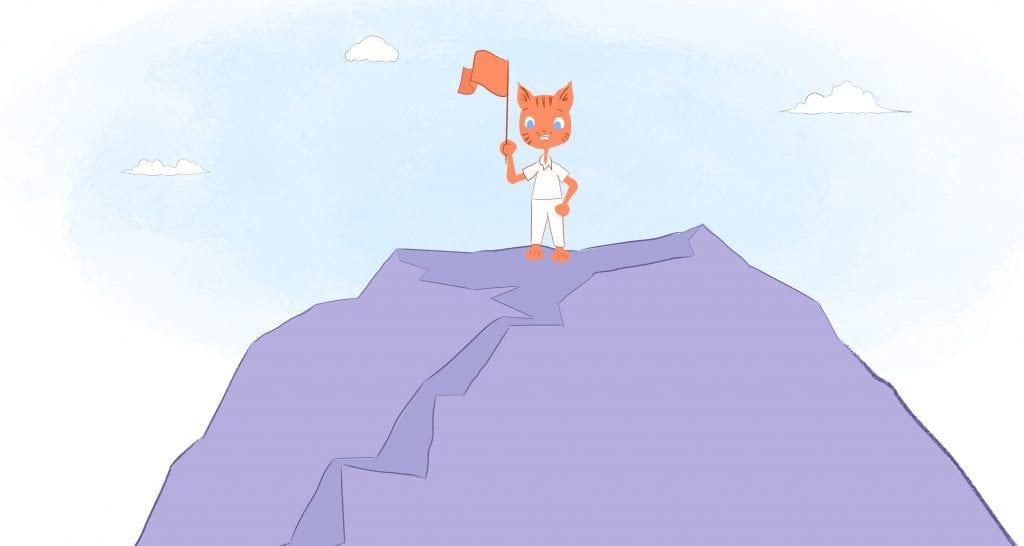
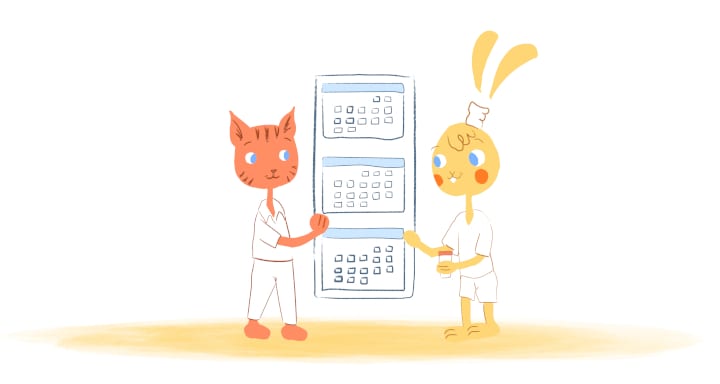
Howie Jones
My name is Howie and I'm a Customer Success Manager at Calendar. I like to ensure our customers get the best experience using our product. If you have questions email me howie at calendar.com